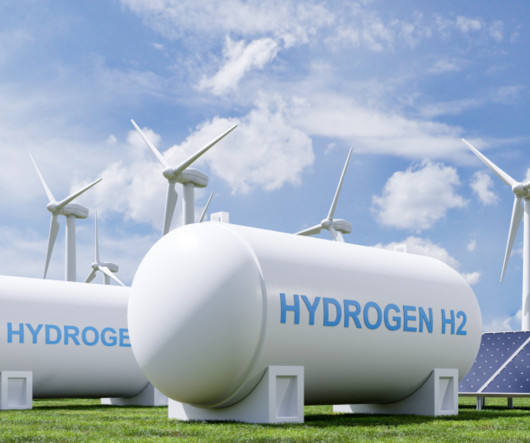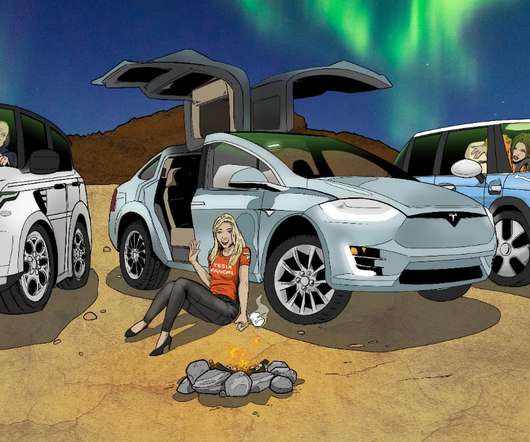Researchers propose new aluminum–sulfur battery with molten-salt electrolyte; low-cost, rechargeable, fire-resistant, recyclable
Green Car Congress
AUGUST 25, 2022
The multi-step conversion pathway between aluminium and chalcogen allows rapid charging at up to 200C, and the battery endures hundreds of cycles at very high charging rates without aluminum dendrite formation. —Pang et al.


























Let's personalize your content